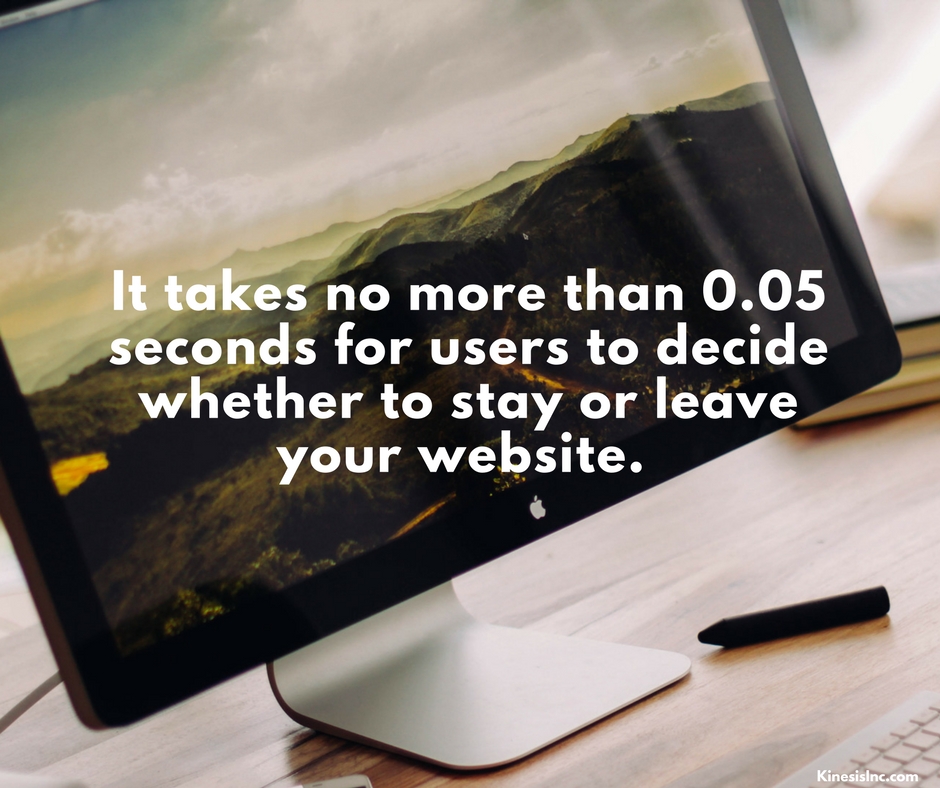Providing A Digital Sales Experience For Customers To Follow

When you sell a bike to a customer, you are not just selling them a bike. You're selling him or her the experience of picking out their dream bike and taking it home with them. Ideally, many happy memories will follow, and he or she will be back again soon for another purchase. The experience customers have at your dealership allow them to develop a relationship with your business, and to feel a personal connection that encourages them to recommend you to others and come back again themselves. And there is no denying that, more often than not, that experience begins online.
The process likely starts before the customer visits your store in person - it's 2017, and you're kidding yourself if you think customers aren't scoping you out online as their first introduction to your dealership. At the very least, they'll want to get an idea of what your prices are like. Assume that a prospect's first stop will be on one of your digital channels. Make sure your first impression is a good one!
An effective way to take charge of this reality is to map out your typical customer's journey. Consider the various touchpoints that they may come into contact with. Maybe a prospect first found you through a Google search, but then they called you, and then they went on your dealership's Facebook page and clicked to your website from there. Luckily, with online touchpoints you're able to collect data that tells you which places online are the most important for your business. Invest in the digital resources that are most relevant to your customers' habits and preferences - for one dealership that may be Facebook advertising; for another it may be written content for weekly blog updates.
Use that "map" you've created as a blueprint for your buying audience moving forward. What has proven successful with your customer base in the past will likely serve as a useful strategy for future prospects. Figure out where your investments will make the biggest impact, plan accordingly, and adjust that plan as you go.
Continue to optimize your digital channels as you see what does and does not work to bring in business. Identify opportunities for improvement - for example, you may find that paid search advertisements have much lower conversion rates in the summer months, when customers are more likely to be out and about than online. Perhaps at this time of the year, you could plan to lower your budget on paid search and put that money towards running a billboard advertisement on your busiest local highway.
Creating a seamless branding experience for your customers should be a priority. Whether a customer contacts your dealership via Facebook message, website contact form, or marketing email reply - the branding and messaging they receive should be the same. The sales journey is a bit different for every customer, so you have to prepare and put standards in place to assure that the experience is positive and consistent. It's important to have a presence wherever your customers are, online or otherwise, and accommodate their needs in those places.
Like any customer-facing business, your dealership has the ability to create connected experiences. Maintaining an active presence digitally ensures that customers will have no problem finding you on their journey to purchase. Eliminate the possibility of losing a potential sale due to an absence on a social media channel or marketing avenue. Pave the way for prospects to come straight into your dealership, and go home happy.
